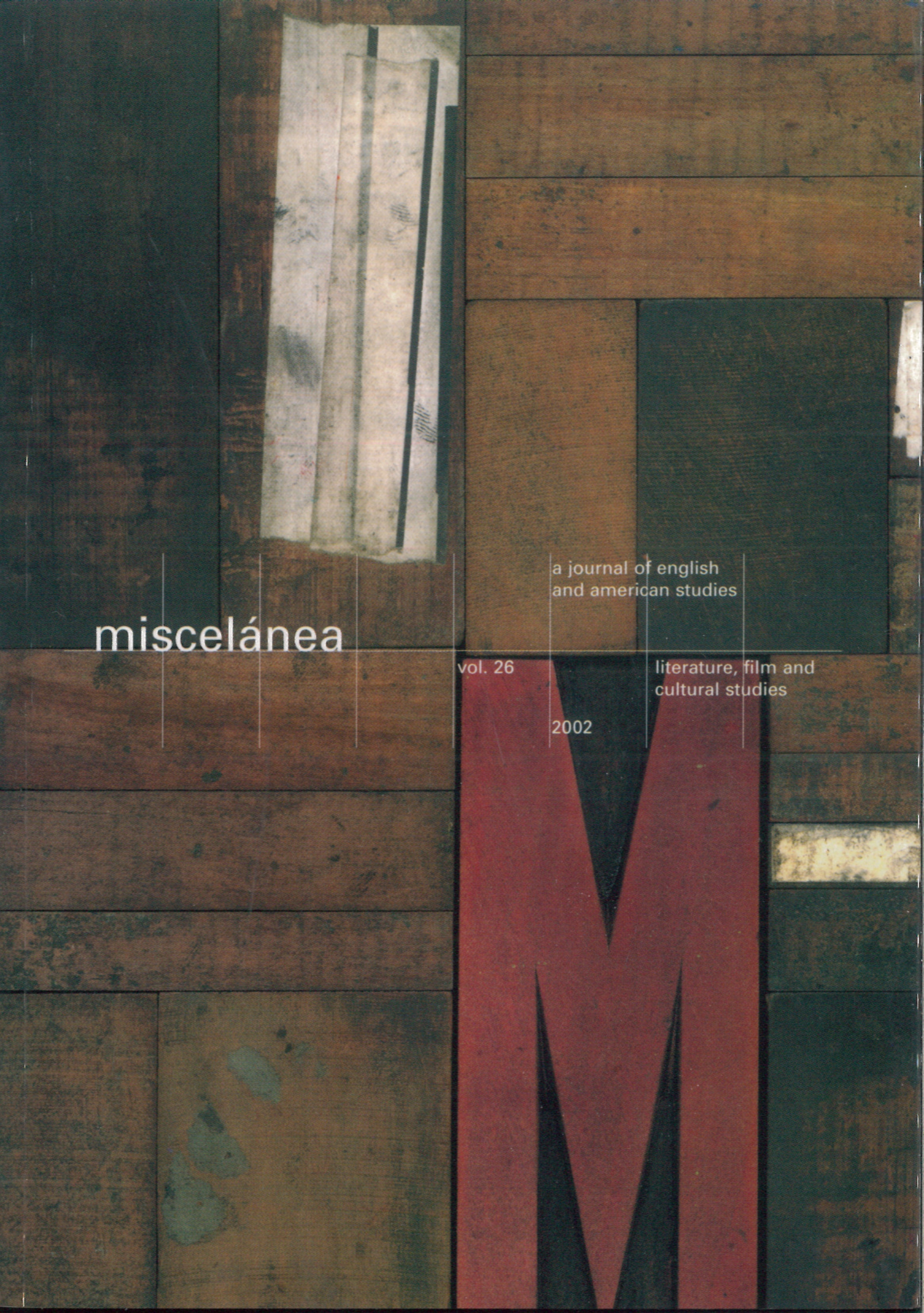My Beautiful Laundrette: Hybrid “Identity”, or the Paradox of Conflicting Identifications in “Third Space” Asian-British Cinema of the 1980s
DOI:
https://doi.org/10.26754/ojs_misc/mj.200210236Keywords:
Ethnic hybridity, Third space, New realism, In-betweennessAbstract
This essay will attempt to define Kureishi and Frears’ 1985 film as a mid-1980s British-Asian film that escapes the “burden of representation” that characterised earlier Black British cinema in two main ways. Firstly, through the representation of the British-Asian protagonist as a homosexual with a “Thatcherite” entrepreneurial drive, the film subverts the notion of the Black community as the homogeneous entity which the “cinema of duty” set out to portray. And then, the film’s generic and technical hybridity breaks with the “realism” of those earlier films and, through its representation of “reality” as fragmentary, relative and contradictory, creates a space for the questioning of received notions of “identity”. Thus, the British-Asian protagonist is represented in his individualistic struggle as reconstructing his sense of “identity” out of the traces he finds most convenient from each of the different cultures that inform his ethnic hybridity, a process that is revealed as being essentially paradoxical.
Downloads
References
CHAMBERS, Iain. 1990. Border Dialogues: Journeys in Postmodernity. London and New York: Routledge.
DYER, Richard. 1993. The Matter of Images: Essays on Representation. London and New York: Routledge.
FREARS, Stephen and Hanif KUREISHI. 1985. My Beautiful Laundrette. London: Channel Four.
FULLER, Graham. 1988. “Battle for Britain: The Empire Strikes Back”. Film Comment (August 1988): 62-8.
HALL, Stuart. 1988. “New Ethnicities”. ICA Documents 7. Black Film British Cinema. London: Institute of Contemporary Arts: 27-31.
HAND, Felicity. 1994. “How British are the Asians?” Wasafiri 20: 9-13.
HENRIQUES, Julian. 1988. “Critical Voices”. ICA Documents 7. Black Film British Cinema. London: Institute of Contemporary Arts: 15-27.
HIGSON, Andrew. 1997 (1995). Waving the Flag. Constructing a National Cinema in Britain. Oxford: Oxford U. P.
HILL, John. 1999. British Cinema in the 1980s. Issues and Themes. Oxford: Oxford U. P.
JULIEN, Isaac. 1988. “Film-maker’s Dossier”. ICA Documents 7. Black Film British Cinema. London: Institute of Contemporary Arts: 51-57.
MALIK, Sarita. 1996. “Beyond the ‘Cinema of Duty’? The Pleasures of Hybridity: Black British Film of the 1980s and 1990s”. In Higson, Andrew. (ed.). Dissolving Views. Key Writings on British Cinema. London: Cassell: 205-215.
MERCER, Kobena. 1988. “Recoding Narratives of Race and Nation”. ICA Documents 7. Black Film British Cinema. London: Institute of Contemporary Arts: 4-14.
—. 1990. “Welcome to the Jungle: Identity and Diversity in Postmodern Politics”. In Rutherford, Jonathan. (ed.). Identity, Community, Culture, Difference. London: Lawrence and Wishart Limited: 43-71.
PINES, Jim. 1997. “British Cinema and Black Representation”. In Murphy, Robert. (ed.). The British Cinema Book. London: Black Film Institute: 207-216.
RUTHERFORD, Jonathan. 1990. “A Place Called Home: Identity and the Cultural Politics of Difference”. In
Rutherford, Jonathan. (ed.). Identity, Community, Culture, Difference. London: Lawrence and Wishart Limited: 9-27.
—. 1990b. “The Third Space. Interview with Homi Bhabha”. In Rutherford, Jonathan. (ed.). Identity, Community, Culture, Difference. London: Lawrence and Wishart Limited: 207-221.
STOPES-ROE, Mary and Raymond COCHRANE. 1990. Citizens of this Country. Clevedon and Philadelphia: Multilingual Matters LTD.
YOUNG Robert. 1993 (1990). White Mythologies. Writing History and the West. London and New York: Routledge.
Downloads
Published
How to Cite
Issue
Section
License

This work is licensed under a Creative Commons Attribution-NonCommercial 4.0 International License.


